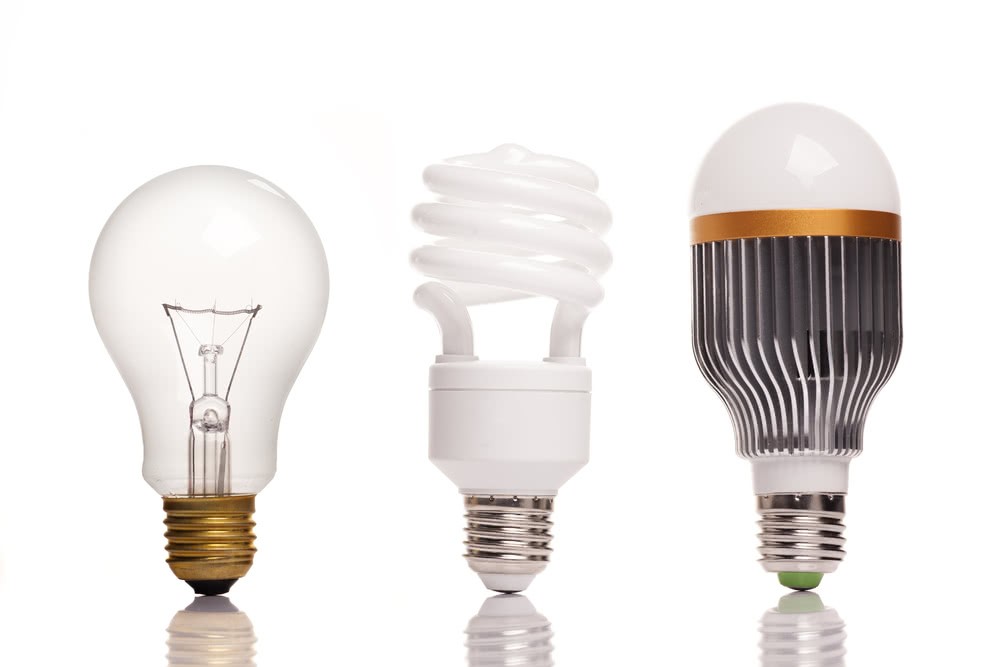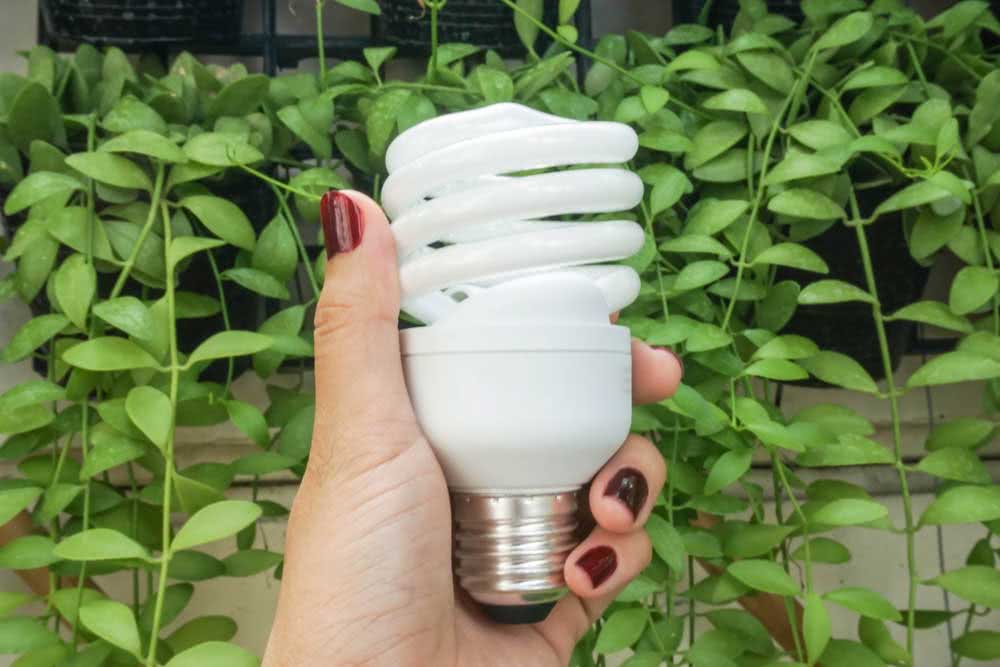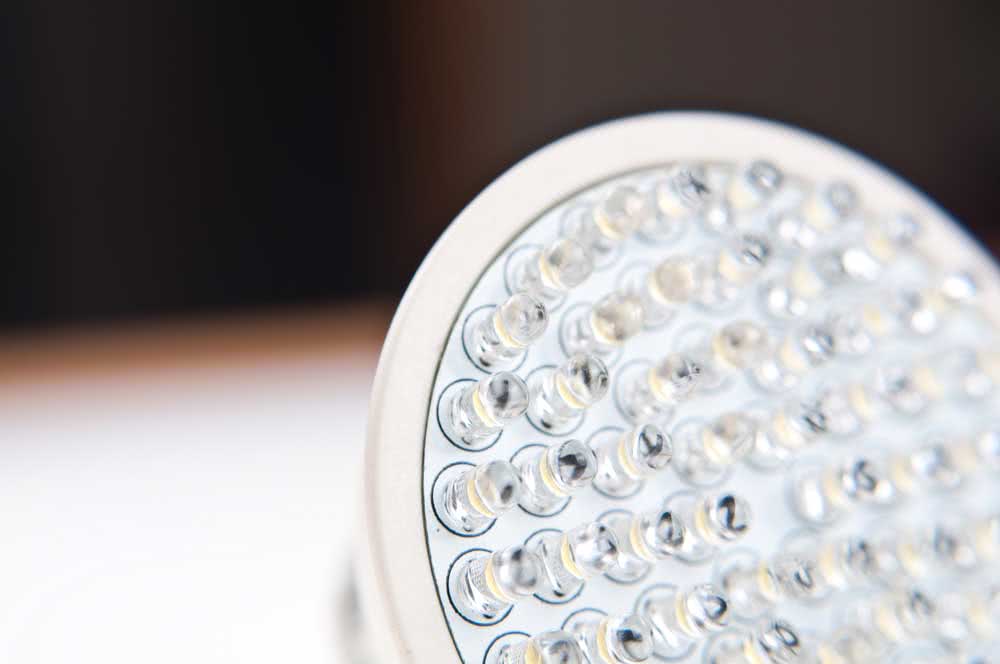The correct disposal of light bulbs is still a problem in Brazil. There is a lack of information and collection points are lacking.
Just to give you an idea, every year around 206 million light bulbs are discarded, but only 6% of this amount is properly disposed of, as indicated in an article published by the magazine. Environmental Sanitary Engineering, of the Brazilian Association of Sanitary and Environmental Engineering (ABES).
Is there a lack of laws then? No. Brazil has Law No. 12,305/10, also known as the National Solid Waste Policy, which, among other issues, addresses the disposal of light bulbs.
According to this law, lamp manufacturers, importers, distributors and traders are required to offer their customers a reverse logistics service under penalty of being prevented from selling in Brazil. And what would that be?
Reverse logistics is a term widely used today and refers to the correct disposal of a product at the end of its useful life.
In reverse logistics, companies undertake to collect this product back and ensure its correct destination, without damage or any type of harm to the environment or society.
But if there are laws and punishments, what’s the problem then? There is a lack of awareness. Between the company and the consumer there is an information abyss or, better, lack of information. Hence, there is no point in having laws, since the consumer (a very important part of this whole process) is not aware of the importance of correctly disposing of light bulbs, much less of how he can participate in it.
It is often the consumer who needs to go after information, as the information does not arrive in a clear, objective and effective way by the government and companies.
In short, that’s what you’re doing here in this post right now.
How important is the correct disposal of lamps?

Irregular disposal of light bulbs is a problem for the environment and, consequently, for humans.
This is because the contents of the lamps, which are almost always toxic, contaminate the soil and water tables. The result of this are contaminated plants and animals that will later come to us in the form of food.
Another problem is the generation of garbage. It is a fact that the planet no longer supports the level of destruction and pollution generated today and any action in favor of recycling and reusing materials is more than necessary.
How to properly dispose of light bulbs
Follow the step by step below so that you can properly dispose of the lamps in your home or business.
Separate lamps by type
First, start by separating the lamps by type, that is, whether they are incandescent, fluorescent and LED. But why?
Each of these lamps has a different manufacturing process and also different materials in the composition. This requires that they be disposed of at specific collection points, as incandescent lamps cannot be reused together with LED lamps, for example.
See below how to identify the lamps on the market today:
Incandescent

The incandescent lamp was the first used in human history. Created by Thomas Edison, the incandescent lamp has been banned in Brazil since 2016 due to its high energy consumption. First they were replaced by fluorescent lamps and now, more recently, by LED versions.
But if you still have an incandescent light bulb at home, be aware that they can be recognized by their bulb shape and thin glass. Inside, these lamps were filled with a gas called argon and tungsten, a metallic filament.
When lit, this lamp emitted a white light with a slightly yellowish background.
Fluorescent

Fluorescent lamps still exist on the market and are available in different shapes, sizes and voltages.
This lamp, unlike the incandescent one, has low energy consumption and is more durable. However, they have mercury in their composition, which makes this type of lamp an environmental hazard.
You can recognize this type of light bulb by its shape that resembles a spiral. Fluorescent lamps are also available in elongated tubular format, widely used in companies, commerce and industries.
LED

Nowadays, the most modern are the LED lamps. With very low energy cost and high durability, LED lamps are being the consumer’s first choice.
With numerous shapes, colors and voltages, LED lamps can be used in different types of environments and locations.
And, despite not containing mercury in its composition, LED lamps release lead and phenols that are highly harmful to the environment and human health. That is why it is very important to properly dispose of this type of lamp as well.
After sorting the lamps by type, you must take care to wrap them properly so that you don’t run the risk of breaking the lamp and injuring yourself or injuring others.
To do this, just wrap the lamp in newsprint or other paper you have at home. Then put them in a box and go to the next step.
What if the lamp is broken?
If the lamp is broken then the care must be even greater. First, be sure to remove any small pieces of the lamp that may be on the floor, in the socket or on furniture. Handle the broken lamp wearing gloves to avoid mercury contamination and avoid using
vacuum cleaner, as the substance can spread further through the environment.
Then put everything that’s left of the lamp into a PET bottle. This prevents scavengers from suffering accidents and being exposed to mercury.
Then just forward the package to the nearest collection point.
Look for a collection post
The time has come to search for the collection post in your city. But, calm down. It’s nothing complicated.
The first alternative is to access sites such as Recicla (an initiative of household waste collection companies in the city of São Paulo) or Reciclus (an organization formed by manufacturers, importers and distributors of lamps). These entities gather the collection points closest to the consumer based on the postal code (zip code).
There, it is also possible to check other waste collection points, such as cooking oil, electronics, medicines and recyclables, not just light bulbs. Here’s the tip!
You can also look for collection totems in supermarkets and home improvement stores. This is because, according to the law, companies that sell light bulbs must offer the consumer, obligatorily, collection points.
However, in practice, only large establishments offer this service.
Small retailers are still reluctant to offer totems, as they tend to take up space in stores, taking the place of display shelves, for example.
Being able to find the nearest collection point? Wonderful! Now just go there and leave your lamps.
Contact the manufacturer
If you encounter any difficulties during the lamp disposal process, the tip is to contact the manufacturer and let them know what is happening.
Remember that companies, whether manufacturers, distributors or importers, have a legal obligation to collect used lamps.
Enforce your right as a consumer. Protect the environment and the health of everyone around you.



